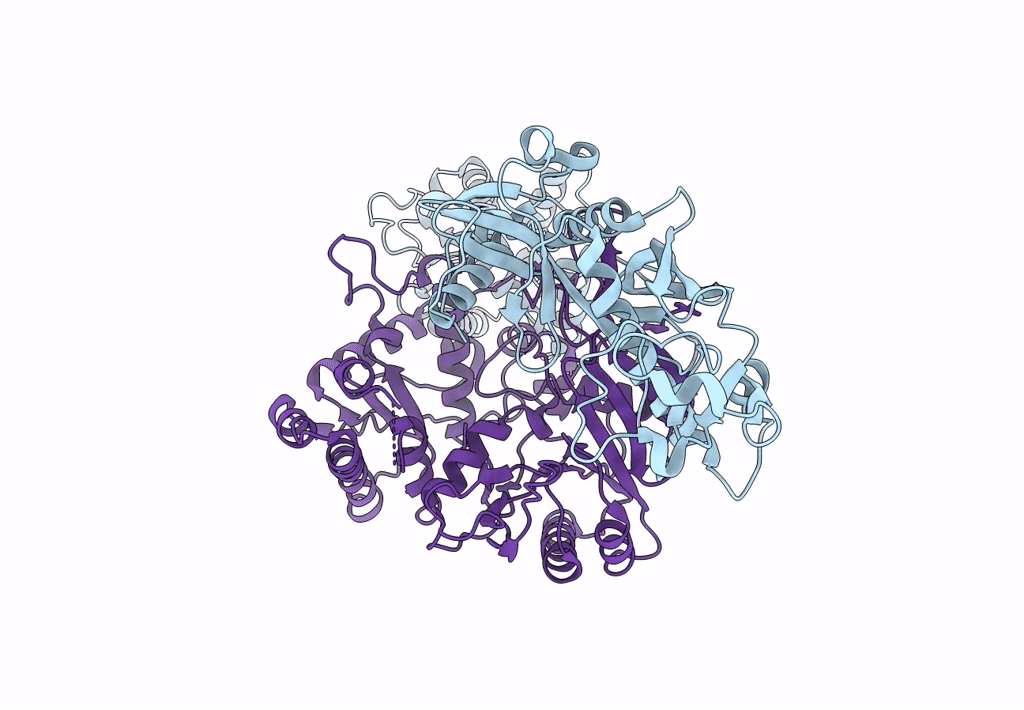
Deposition Date
2022-12-06
Release Date
2023-08-23
Last Version Date
2025-05-28
Entry Detail
PDB ID:
8FEX
Keywords:
Title:
Inactivate state of Maribacter polysiphoniae Argonuate (short pAgo system)
Biological Source:
Source Organism:
Maribacter polysiphoniae (Taxon ID: 429344)
Host Organism:
Method Details:
Experimental Method:
Resolution:
3.07 Å
Aggregation State:
PARTICLE
Reconstruction Method:
SINGLE PARTICLE


